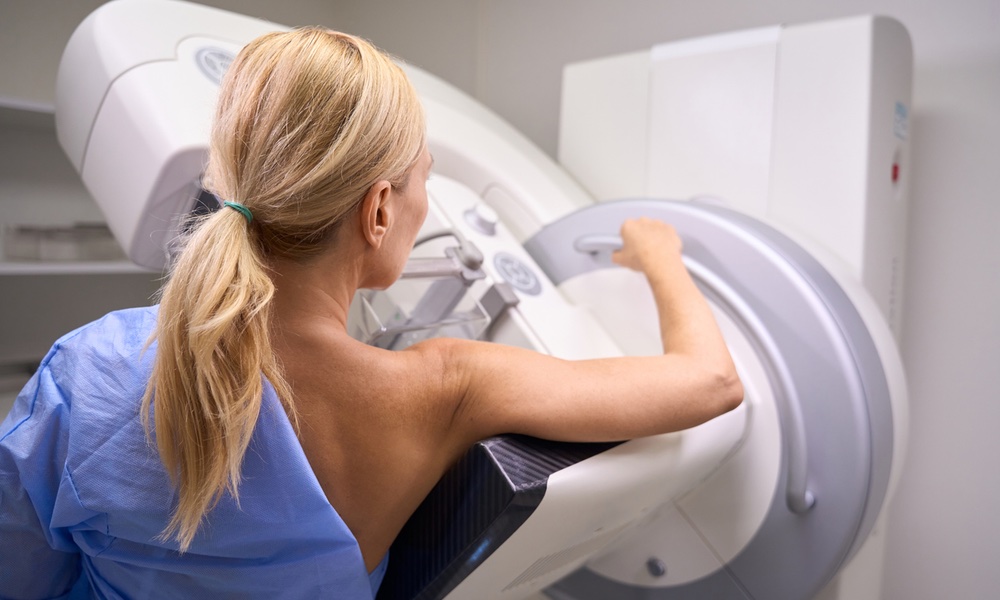Two studies report a significant connection between high blood pressure and age−related dementia, including Alzheimer’s disease, adding some new pieces to the puzzle of age−related mental deterioration. Until recently, it was thought that only the less severe form of dementia, known as “vascular dementia,” was connected to the same health problems that underlie heart disease – like high blood pressure and obesity. What’s more, researchers are discovering that this form of dementia and Alzheimer’s disease are intimately connected, and many patients actually suffer from a combination of the two.
The researchers found that those who had begun with the highest blood pressures also had the most white matter lesions after the eight years, and the worse one’s blood pressure, the more lesions they tended to have.
White matter lesions, thought to be the culprits in dementia (including Alzheimer’s), make up a type of damage to the connective network in the brain, which allows neurons to “talk” to one another. Both new studies, one from the University of Pittsburgh and one from Johns Hopkins University, focus on this particular type of brain damage. The first study tracked over 1,400 seniors, 65 and older, monitoring their high blood pressure from the study’s outset. Eight years later, the participants’ brains were scanned by MRI to determine the amount of white matter lesions that had accumulated over time. The researchers found that those who had begun with the highest blood pressures also had the most white matter lesions after the eight years, and the worse one’s blood pressure, the more lesions they tended to have. Lead researcher Lewis Kuller underlines that Alzheimer’s “is a silent disease in the brain. It's evolving over time and it leads to very bad outcomes.”
The second study followed almost 1,000 middle−aged participants over a period of 15 years, and found that the amount of time people lived with uncontrolled high blood pressure correlated to the amount of white matter damage that formed over the length of the study. For every 20 point jump in systolic pressure, there was a corresponding predictable increase in the brain’s white matter lesions.
The studies were published in the Journal of Clinical Hypertension and the journal Stroke, respectively.




